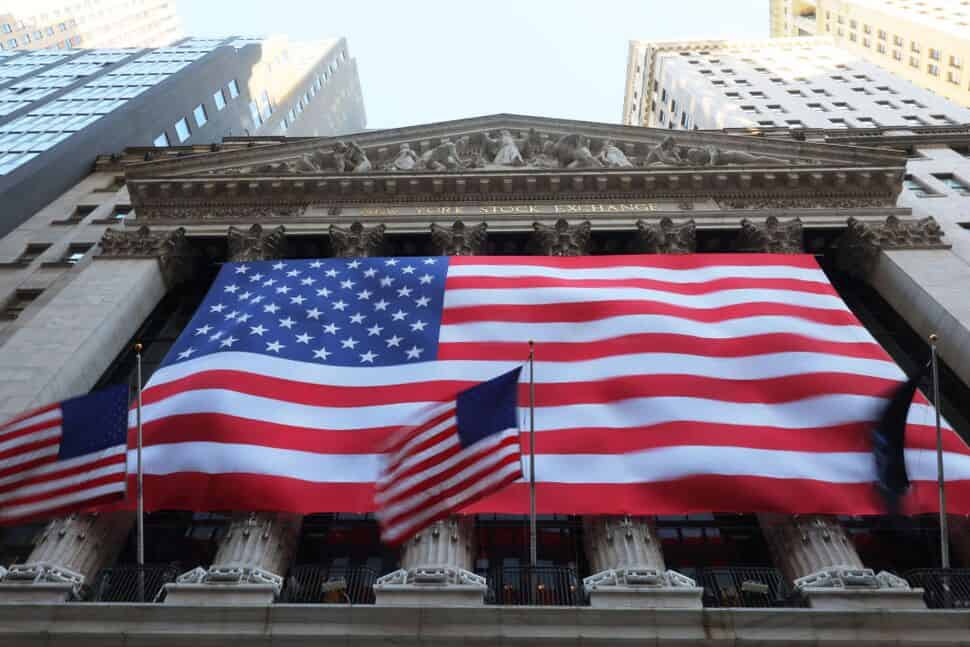It’s become a broken record. Month after month, the labor market defies the experts and produces more jobs than economists expect.
Will it happen again this week? Markets will find out on Friday when the Labor Department releases the job number for June. Ahead of that on Thursday, private payroll firm ADP will report its June number, while the government will follow shortly thereafter with the job openings data for May.
The consensus expects around 225,000 jobs were created in June, though some are estimating it a little higher, closer to 250,000. In May, the number surprised with a strong 339,000 gain. As for job openings, the market is looking for it to dip below 10 million. That would still mean a jobs-to-available-worker ratio of around 1.6.
“Overall, employment continues to grow briskly and joblessness is low, but the labor market is definitively cooling off from the red-hot levels reached a year ago,” online job company Indeed said last week in releasing its update on the labor market for June.
“Job postings on Indeed have declined for most of this year and were down 17% as of June 23 compared to the same day a year ago,” the company said. “Wage growth has cooled recently, and some sectors, notably tech and media, are laying off workers at elevated rates. But compared to historical standards, wage growth is still high and layoffs remain low.”
The health of the job market has been one reason keeping inflation sticky as the Federal Reserve signals it is not done with raising rates despite a pause in June. As long as people feel jobs are plentiful and wages are keeping close to the pace of inflation, then they will continue to spend money.
Already, the pace of economic growth in the first quarter was revised upward, from 1.3% to 2%, last week and forecasts for the second quarter are now running at 2.2% after having been raised on Friday from the prior level of 1.8%.
There was some good news on the inflation front at the end of last week when the personal consumption price expenditures index came in at an annual rate below 4%, posting a 3.8% increase for May. But the core index, closely followed by the Fed, and one that strips out food and energy costs, rose 4.6% annually.
For investors, the July 4 holiday week marks the start of the second half of the year following a first half that saw the broad market, measured by the S&P 500, setting off its own rockets with a 15.9% gain. That would be a handsome number for a full year, and many analysts are offering caution about what to expect for the remainder of 2023.
In particular, the long lag of central bank rate hikes may well kick in during the second half of the year, crimping credit and cutting into companies’ profit margins. That could test a market that has become very reliant on a few momentum-driven stocks and predictions of an economic revolution from the advent of artificial intelligence, or AI.
“Our real-time read is that the fiscal stimulus deployed to combat COVID’s dislocations has lent the economy a temporary buffer against the Fed’s actions,” Doug Peta, BCA Research chief U.S. strategist, wrote Monday morning. “We have been feeling our way for a while to the notion that that buffer will act to extend the lags with which tighter monetary policy affects economic activity. Longer lags are delaying our shift to a defensive allocation posture, but we have heard our three-factor recession checklist’s message and expect a material decline in equity prices will begin before the year is out.”

